
surfresearch.com.au
john severson : learn to surf, 1965.
john severson : learn to surf, 1965.
|
|
|
|
|
|
 |
surfresearch.com.au
john severson : learn to surf, 1965. |
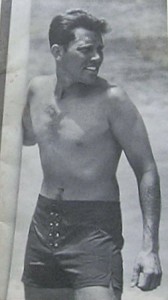 |
The Jantzen
International Sports Club is dedicated to
the advancement of recreational sports and
to the development of sportswear designed
specifically for sportsmen. The purpose of this book is to give the new surfer a step by step guide to safe and enjoyable and surfing. Jantzen, you'll be interested to know, practically taught the world to swim. John Severson, editor and publisher of SURFER Magazine, has provided the expert's approach to surfing. John is a member of the Jantzen International Sports Club, which has in it some of the world's most outstanding athletes. Read this book carefully- Learn the fundamentals of surfing, and read carefully the section on safety and courtesy. Then grab your board, your surfing Jantzen, and hit the surf... A new world of excitement and enjoyment awaits you! |
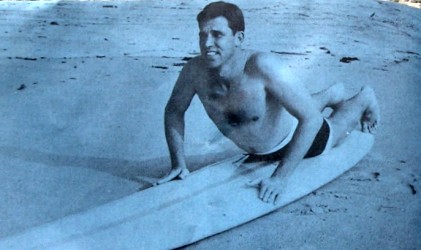
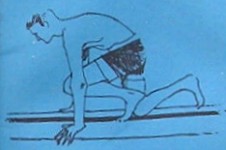 Use your hands to
|
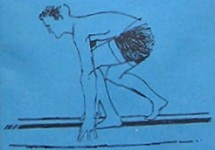 keep balance. |
6) If you do
get caught inside a breaking wave (and you
often will) remember again to point your
board directly into the surf and keep
seaward momentum as the wave hits you. If the waves are very small, lean back just a split second before the white-water hits, hold tightly onto the sides or rails of the board, pulling the nose of the board up so that it glides over the top of the broken wave. If the white water is over several feet high, again paddle hard directly into the surf and just before the wave hits you, hold tightly onto the rails of the board and roll over, pulling the board on top of you. This exposes only the bottom of the board and is the best possible method of rolling through the soup. As soon as you feel the drag of the wave subsiding, roll back over, climb on your board and begin paddling again. |
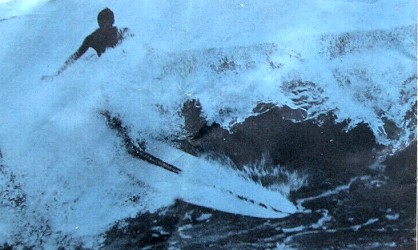
12) The man in the curl - usually the first on the wave - has the right of way. Don't take off if you'll interfere with his ride - causing a collision or causing him to straighten out or lose the wave. 13) And again, paddle around the break. Surfing helmets have recently been developed and have proven successful in medium and small surf. We particularly recommend them in crowded surf conditions. |
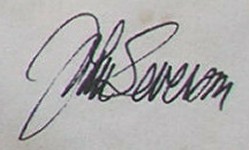 |
|
|
|
|
|
|